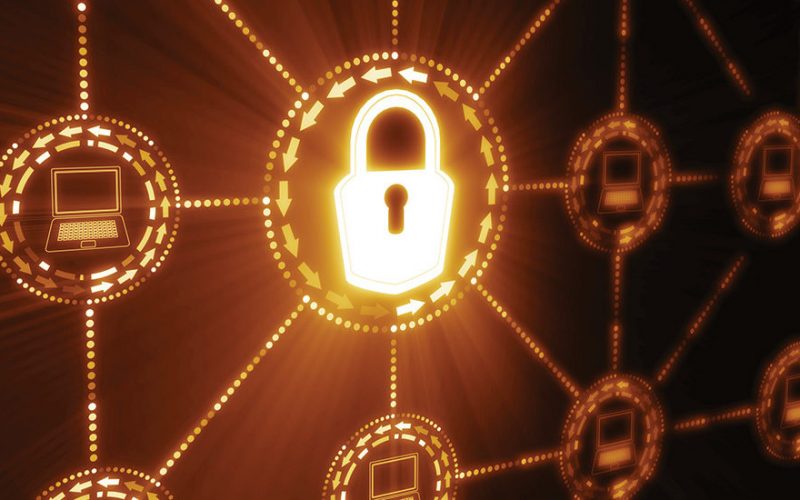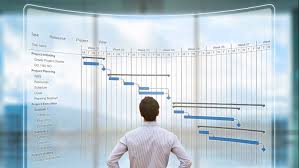A few decades ago, security planning was more or less similar for every type of workplace. There wasn’t a lot of personalization. Today, this cookie-cutter approach is out the window. How we protect airports is different from how mass transit is secured. Cities are secured differently from less populated areas. A manufacturing facility or retailer isn’t going to have the same security needs as a government office. A custom-built security policy is proving to be more effective and affordable.
The security industry always has to adapt to new threats and changing behaviors. This year’s biggest security industry trends take a close look at shifts in how violators are gaining access to property, assets, and people. They capitalize on tech advancements and the need for more accurate, faster-acting security based on real-time data.
Here are the security industry trends that continue to dominate the market:
#1. Touchless Verification
The COVID era has meant a stronger need for touchless security systems. From face recognition to palmprint recognition, NFC, QR codes, and other security-based solutions, devices and businesses alike are looking at new ways to secure authorization and protect assets.
#2. Threat Detection
A threat detection platform combines AI-monitored security cameras and advanced systems to create a sophisticated security solution. This technology is becoming more and more accurate in a lot of security environments. Using cameras, AI can monitor individuals and assets, detect a perceived threat, and notify security personnel on-site.
#3. Thermal Imaging
To ensure visibility in all conditions, more video security is being equipped with thermal imaging. This technology can measure heat or thermal radiation, something which can help in rain, snow, fog, and smog. Combined with low-light imaging, this has made the video even more accurate, adaptable, and valuable in security settings.
#4. Multi-Sensor Video Integration
Not only do we have the use of video to identify threats and monitor security settings. Sensors range from radar detection to multispectral imagery, humidity, temperature, and gas pressure. They are all integrated within one’s video security system, allowing many ways to monitor the environment. More importantly, you can automate this type of monitoring.
#5. Better Access Control Systems
Access control is a major security industry trend this year. The need for modern access control is clear and is a necessity for site security. Physical identity management and the automation of employee and visit access requests have roles to play.
Machine learning will certainly be a dominating factor in access control in the years to come. However, for the moment, most firms and businesses are focused on upgrading and maintaining a compliant access control system according to their budget.
#6. Multiple Security Systems
This technology has already started to happen in a bit with smart home security. Users want to customize security according to their needs. This can mean blending in security elements from different systems, i.e. video, access control, alarm, fire prevention, and emergency response. A fully integrated security system with different elements interacting proves to save time, effort, and costs.
#7. Multi-Stakeholder Security Solutions
Due to the tensions brought on in large part by the pandemic, more businesses are scrutinizing stakeholders in their supply chain and asking to evaluate their security protocols with direct questions. How threats are being managed? What vulnerabilities exist? What their data collection and privacy policies are?
Security no longer just applies to any singular physical environment. It applies everywhere along the supply chain as at any point data and assets can be intercepted.
#8. A Need for More IT Security
As business tech continues to expand, so do the potential access points for where threats can occur. Cyber threats include ransomware targeting data systems and sophisticated attacks on critical IT infrastructure. There are is a strong need for more security protocols in IT and there are many in development. As we continue to rely on the Internet and other threat-friendly gateways to do business, the security industry is tasked with the challenge of optimizing safety in these areas.
#9. More Advanced AI Algorithms
AI is barrelling down the security highway, leading to new applications on a near yearly basis. Currently, AI is used for everything from automatic number plate recognition and illegal park detection to people counting heat mapping, and other security tasks. As AI algorithms continue optimizing, this is likely to produce massive changes in how security is done and especially with how we, as human beings, relate to it.
#10. Facial Recognition
Alongside fingerprint readers, iris scanners, and other forms of biometrics, facial recognition is quickly becoming a must-have among security personnel. Facial biometrics, aka face recognition, is easy to deploy. The technology can be used to track individuals through simple algorithms.
It is a way to help alert authorities when there is a match based on searching for a criminal or trying to identify an individual after a crime is committed. Adopted in various non-North American countries more than here, it is one of the more controversial security industry trends on this list.






